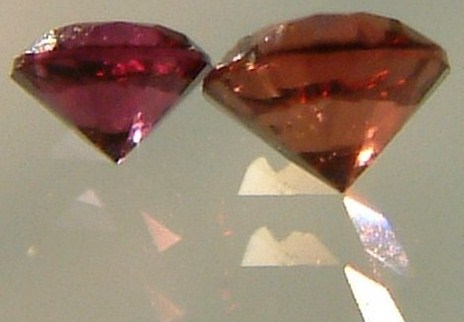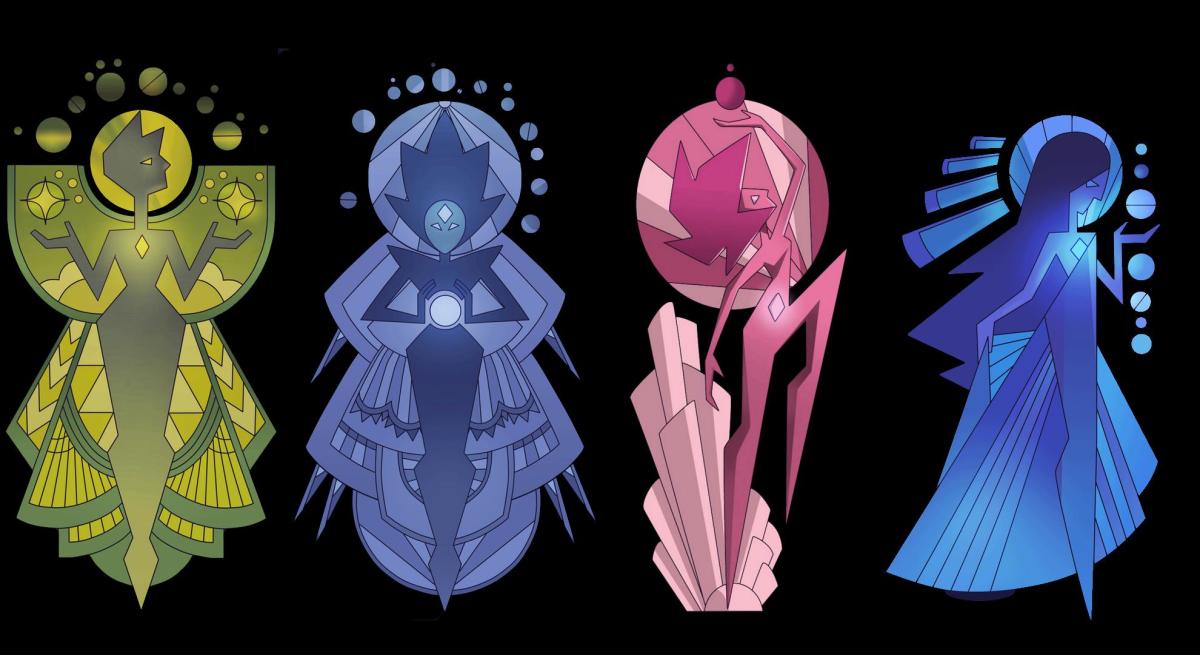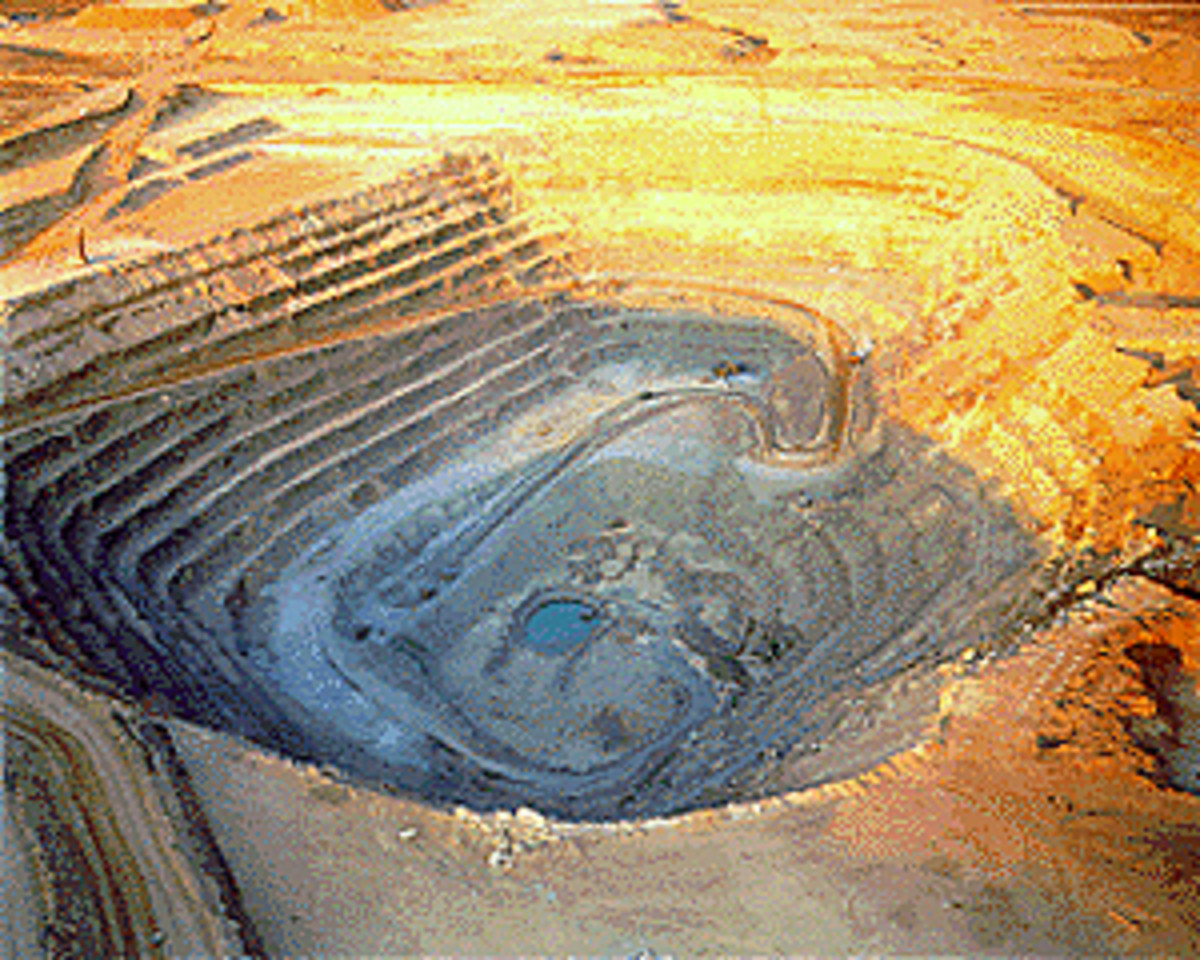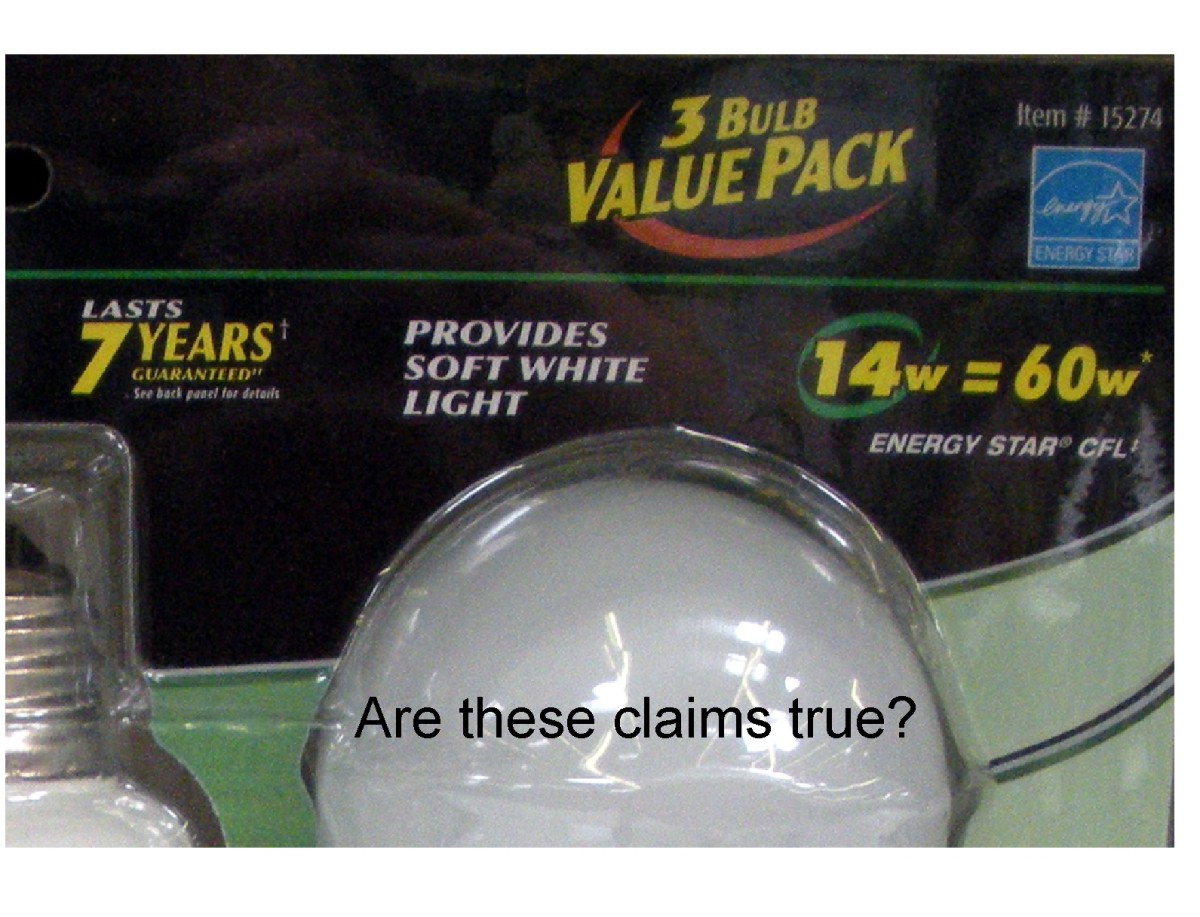Finding Diamonds in Space Making them on Earth


Diamonds may just be humanities best friend.
In the outer reaches of the solar system, it is raining diamond dust; or so it has been suggested. But the trick is getting at it in order to use it for our needs. But, we needn't go to Uranus and Neptune in order to mine diamond dust; we can manufacture it right here on Earth using methane, high pressure and heating it with intense lasers. So then, what possible uses do we have for diamond dust besides for bling bling and other fashion uses? There are plenty of uses, hidden to most eyes where diamonds serve mankind, especially in the diamond dust format.
Diamond dust was first manufactured in Sept 1999 in a lab at Berkley University in California. Laura Robin Benedetti, a graduate student in physics at UC Berkeley succeeded in making the first man made diamonds from methane under extreme pressure and high temperature. The team, led by Benedetti and Raymond Jeanloz, professor of geology and geophysics, produced these conditions inside a diamond anvil cell; squeezing liquid methane to several hundred thousand times atmospheric pressure. When they focused a laser beam on the pressurized liquid, heating it to some 5,000 degrees Fahrenheit, diamond dust appeared. She suggested as a result that a rain of diamond dust was falling deep in the atmospheres of Uranus and Neptune. A simple calculation, for example, shows that the energy released by diamonds settling to the planet's core could account for the excess heat radiated by Neptune, that is, the heat given off by Neptune in excess of what it receives from the sun. Since then, there has been some dispute.
- "Physicists at the University van Amsterdam and the FOM Institute for Atomic and Molecular Physics in the Netherlands performed a numerical analysis showing that at the temperatures and pressures in gas giant planets like Uranus, arrangements of carbon atoms would be much more suitable for creating tiny bits of graphite rather than diamond.
In white dwarfs, on the other hand, the simulation shows that the conditions would cause the carbon atoms to line up in configurations that are much more amenable for diamond crystallization. The conclusion is consistent with the 2004 discovery of a cooling white dwarf star that appears to have a solid diamond core 4000 kilometres across."[1]
"Like an episode out of the Hitchhiker's Guide to the Galaxy, The Harvard-Smithsonian Center for Astrophysics has announced the discovery of a mass of crystallized carbon formerly known as star BPM 37093, now known as the biggest diamond in the galaxy, fifty light years away from Earth in the constellation Centaurus.
The star, named "Lucy" after the Beatles song, "Lucy in the Sky with Diamonds," is estimated to be 2,500 miles across and weighs approximately 10 billion-trillion-trillion-carats, a one, followed by 34 zeros. Travis Metcalfe, an astronomer from the Harvard-Smithsonian Center for Astrophysics and leader of the team who discovered the gem, says “You would need a jeweller’s loupe the size of the sun to grade this diamond. Bill Gates and Donald Trump together couldn’t begin to afford it.”
The diamond is actually the crystallized interior of a white dwarf – or the hot core of a star that is left over after the star uses up its nuclear fuel and dies. It is made mostly of carbon and is coated by a thin layer of hydrogen and helium gases."[2]
But we do not have to go to Uranus, Neptune or BPM 37093 to get diamonds. As on Earth, diamonds are formed when carbon gets crushed by extreme pressure and high heat. In the Earth this happens in two ways. Either the carbon is crushed between the lithosphere and the mantle and then migrates to the surface over time by plate tectonic activity or from an impact by a large bolide onto a region with vast carbon stores like a coal field or a peat bog. These events occur on other planets and even on asteroids that are rich in carbon and are subjected to impacts. We know from the meteoroids that have managed to reach the surface of the Earth from Earth crossing orbits that a proportion of them are high in carbon content. Thus by extension, carbon rich asteroids and comet nuclei exist within easy reach of the solar system.
It is now known that diamond crystals form in two ways, that is, cubic and hexagonal arrangement in the carbon cyrstal. The cubic form is made on earth in the ways already described. The hexagonal form is either made in space, or it is created as a result of an impact of a carbonaceous chondrite or impact of a bolide into a carbon rich region, like a peat bog, coal seam or where there is plenty of wood. In this case, carbon is shocked into its hardest crystalline state. One takes a considerable time to form and the other is created instantaneously.
To find diamonds in the local solar system, we need to find carbon rich asteroids that show signs of large impact craters. The diamonds are likely to be found below the surface at the bottom of the crater or at the point of maximum impact force for a glancing blow. Owing to very low gravity, diamonds for space use would best be obtained from these sources.
Diamond dust is very useful. It is incorporated into saw blades that are used for cutting granite and tiles. It can also be used to achieve a high polish on hard materials like granite. A modern use is in nanotechnology where diamond dust is used in televisions that now require a lot less power to operate. Diamond dust emits electrons at a lower voltage than any other known material, thus making it extremely useful for electronic applications. In a green conscious world, it seems like an ideal solution for reducing power consumption. In addition, diamonds are not subject to phase state changes at low temperature like silicon based materials, making them more ideal for high heat applications that require computer control. Initial experiments are being conducted to create diamond based computer control chips just for these applications. In nature, we find diamonds that are blue, green and yellow because they have traces of elements other than carbon. So we know that they can be “doped” to achieve specific effects. And then of course, there is always jewellery and diamond dust is even being used here. As things unfold, human made diamond dust will find a wide array of uses and will be widely available by manufacture, mining on Earth or from asteroids.
1. http://www.sciencedaily.com
2. http://www.dailygalaxy.com/
A diamond planet has been found in our own galaxy!
- Cosmic Bling: Astronomers Find Planet Made of Diamond | Wired Science | Wired.com
An international team of astronomers has discovered a planet made of diamond crystals in our own Milky Way galaxy.








